|
Andrea Mantegna and Giovanni Bellini are two of the greatest Italian painters of the Renaissance. Whilst it may appear the younger Bellini began his career by copying Mantegna, the already established artist, his work developed into groundbreaking paintings of which no one had seen the like before. The first and most obvious example of Mantegna’s influence on Bellini is their similar versions of The Presentation at the Temple. These show the moment Mary and Joseph present their child, Jesus at the Temple, forty days after his birth. Here, as recorded in the Gospel of Luke 2:22–40, they meet prophet Simeon and prophetess Anna. Both paintings show the Virgin Mary tenderly holding the tightly swaddled Christ Child while Simeon comes forward to take him. In the background between these main figures, Joseph watches the proceedings. In Mantegna’s version, which was painted shortly after his marriage, there are two figures stood either side of the painting. These are thought to be portraits of the artist himself and his wife, Nicolosia. The composition is rather claustrophobic, the framing being just enough room to hold the upper bodies of Mary and Simeon with their halos. Bellini’s version, however, is observed from further away, allowing room for an extra character on either side. It has not been officially determined who these people represent. To produce this piece, Bellini traced Mantegna’s original, which had been completed over ten years beforehand, keeping the poses, facial expressions and types of clothing almost exactly the same. The changes appear in the colours of the fabrics, the brightness of the scene and the lack of halos upon the Holy Family’s heads. To some, the paintings are so similar that Bellini’s version appears to be blatant plagiarism. On the other hand, there is enough difference to make it his own. It is as though Bellini is trying to say to Mantegna, “Look what I can do,” or perhaps even, “Anything you can do, I can do better!” The Presentation at the Temple also emphasises Mantegna’s influence on Bellini. Another is The Agony in the Garden, which Mantegna first produced at the end of the 1450s, inspiring Bellini to produce his own version at the beginning of the following decade. The paintings refer to chapter 14, verses 32-43 in the Gospel of Mark when Jesus prays in the Garden of Gethsemane while his disciples, Peter, James the Great and John the evangelist sleep. It is thought that Mantegna was initially inspired by a drawing by Jacopo Bellini. This Bible passage was an unusual choice to represent at this time since many Biblical paintings came in sets, representing the birth, life and resurrection of Christ; The Agony in the Garden was the first stand-alone religious painting in western art. Mantegna’s rocky terrain and sharp colours give the painting a harsh atmosphere and a portent of the events to come emphasised further by a dead tree and vulture on the right. A host of angels stand above on a cloud clutching Instruments of the Passion, another omen of Christ’s impending death. In the background is the city of Jerusalem from which a troop of soldiers follow Judas’ lead to arrest Jesus. Although Bellini took inspiration from Mantegna, on this occasion his outcome is not a copy of his brother-in-law’s. The events depicted remain the same, however, Bellini has introduced his own interpretation. Bellini chose to include only one ghostly angel standing aloft on a wispy cloud carrying a cup and plate as symbols of the approaching sacrifice. The colours and the way Bellini portrays light in his composition gives the painting a more tender feel. Unlike Mantegna’s version, it suggests hope, a hint of the resurrection, a sign of prayers being answered. Up until the 15th century, Biblical paintings showed the characters, Jesus, the Holy family and so forth as beautiful, angel-like beings. They were figures that personified the love of God and served as examples of the ideal human being. During Mantegna and Bellini’s careers, these notions began to change. Although traditional scenes of the nativity and the Madonna remained popular, artists began to change the way they portrayed the death of Christ. Instead of a peaceful, serene outcome, Mantegna and Bellini focused on painting the torture of Christ, revealing through him the sorrows of man. He was despised and rejected by mankind, a man of suffering, and familiar with pain. Like one from whom people hide their faces he was despised … – Isaiah 53:3 Unlike Mantegna, Bellini remained in Venice his whole life, often completing commissions in many Venetian and religious buildings. Despite being away from his brother-in-law, they remained in contact and had similar interests. Bellini was also interested in antiquity, finishing commissions Mantegna left incomplete after his death. At this time, however, the term antiquity also referred to events written in the Old Testament, such as the story of Noah. The Drunkenness of Noah was completed about a year before Bellini’s death and shows the daring and revolutionary ideas of the artist. Traditionally, Biblical paintings reveal positive stories and messages, however, this painting based on Genesis 9:20–23 reveals Noah’s vices rather than his virtuosity. Noah is lying naked on the floor in drunken slumber whilst his sons, Shem and Japheth, attempt to cover him with a red cloth. His third son, Ham, however, laughs at the sight of his father. Bellini also received commissions for portraits, however, he much preferred to paint portraits of characters rather than real people. The most beautiful of these is Virgin and Child with St. Catherine and Mary Magdalene which, unlike his other paintings with expressive landscapes, has a black background; the characters are lit from a light source outside of the frame. Although not overly elaborate or detailed, Virgin and Child with St. Catherine and Mary Magdalene attracts attention with its chiaroscuro effect and the glossy finish to the painting – an element that is lost looking at the image online or on paper. Mantegna’s medium of choice was egg tempera, which Bellini initially used before developing a preference for oil paints. Oils allowed for deeper colour and contrast in shading. There is no doubt that Mantegna and Bellini were two of the greatest painters in Italy during the 15th century, however, for an exhibition expressly about the pair, very little is alluded to about their lives, personalities or whether the brothers-in-law got on well together. This exhibition does not let Mantegna and Bellini’s personalities come through. It eliminates them in preference for detailed comparisons about how they painted and drew the same subjects, such as The Agony in the Garden and The Presentation at the Temple. Of course, it is interesting to see the similarities and difference between the two artists, but on leaving the exhibition, visitors remain none the wiser about who the two painters really were. Did they have happy lives and happy marriages? Do their paintings reflect their personalities? Did Mantegna mind Bellini copying his work? Were they rivals or is this a label art historians have assumed? So many questions … To read the full article, click here This blog post was published with the permission of the author, Hazel Stainer. www.hazelstainer.wordpress.com
0 Comments
Your comment will be posted after it is approved.
Leave a Reply. |
©Copyright
We are happy for you to use any material found here, however, please acknowledge the source: www.gantshillurc.co.uk AuthorRev'd Martin Wheadon Archives
June 2024
Categories
All
|
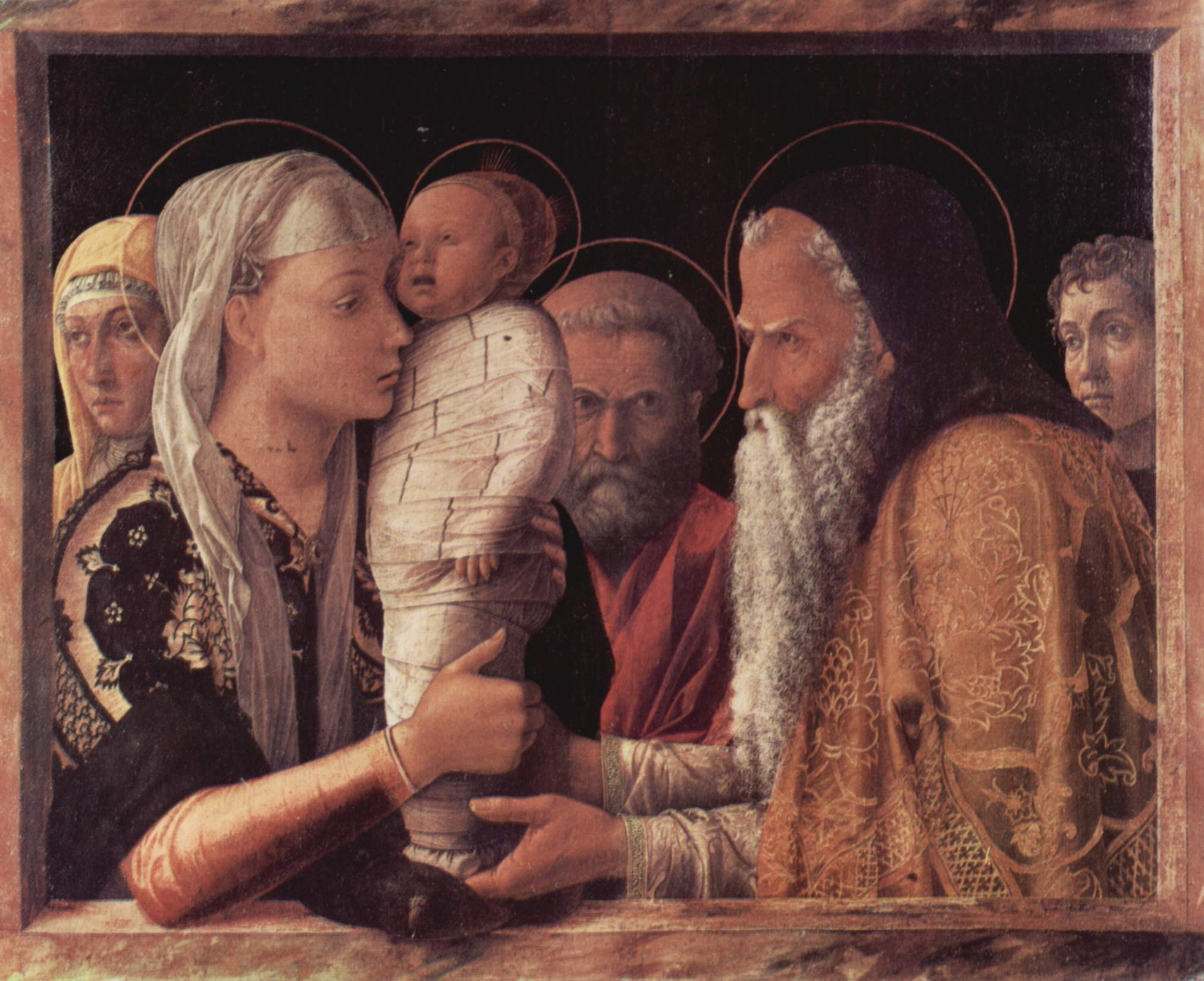

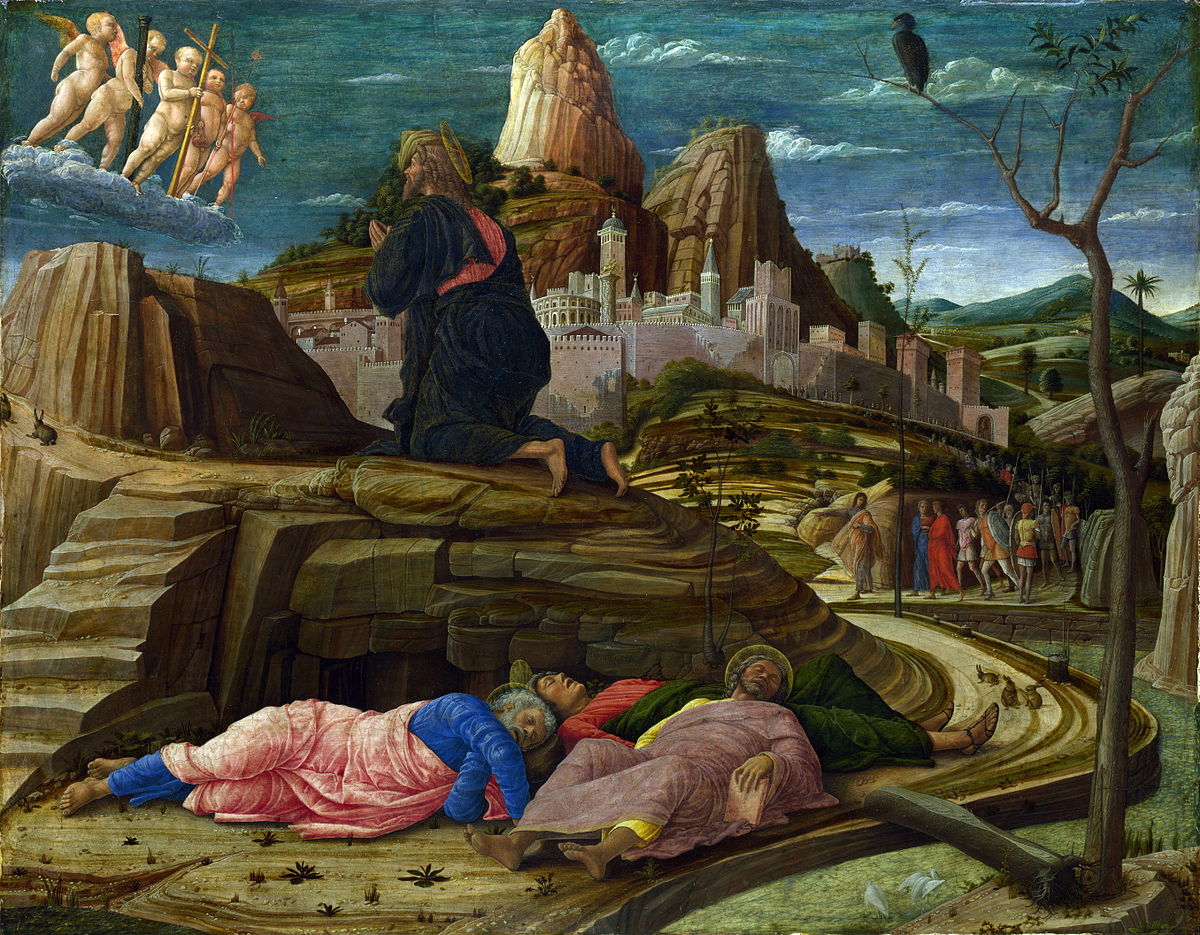
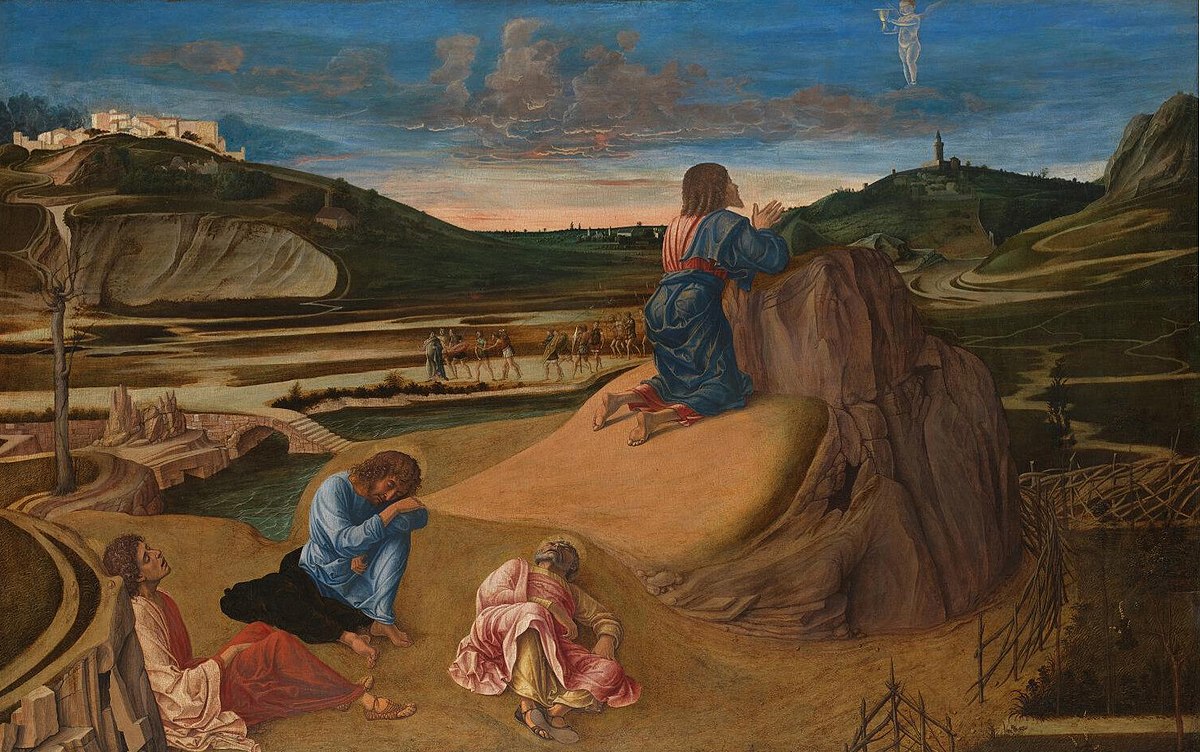
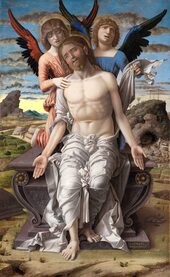
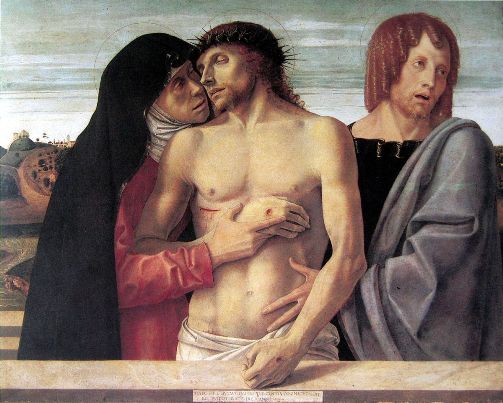
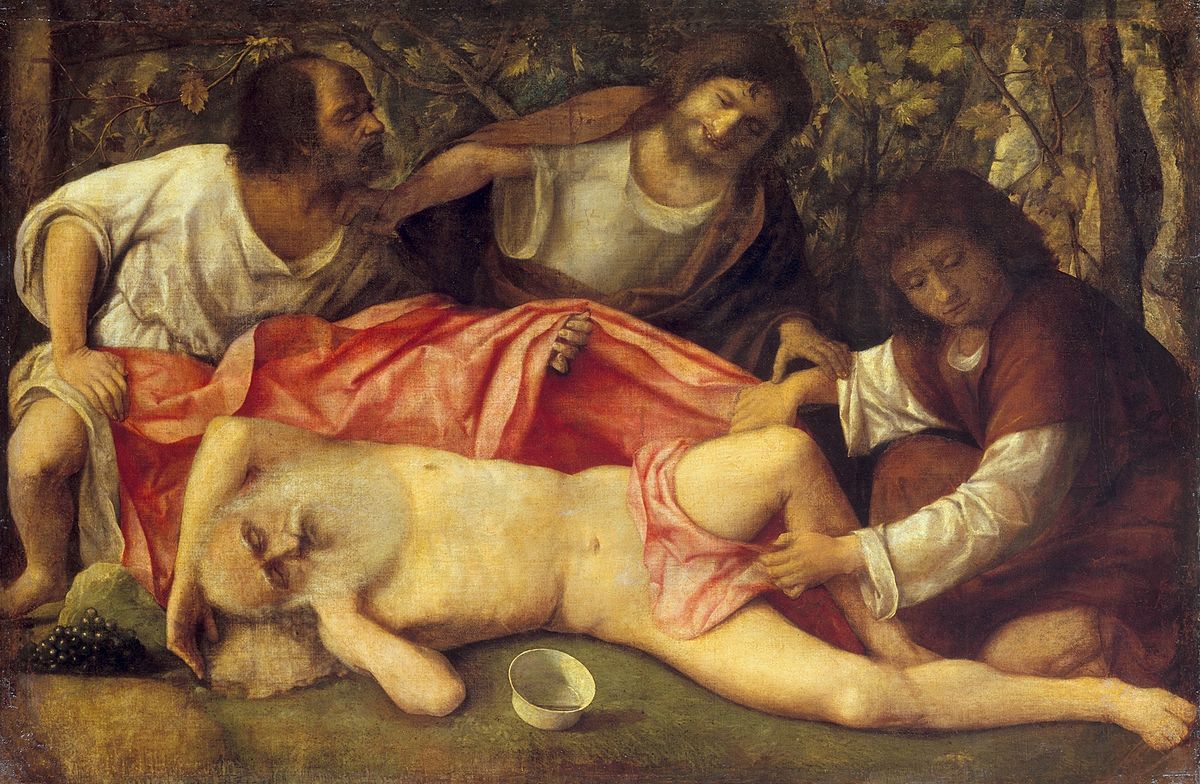
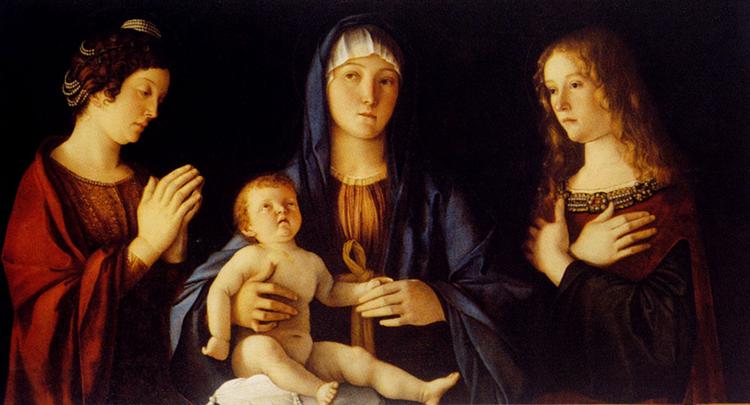
 RSS Feed
RSS Feed